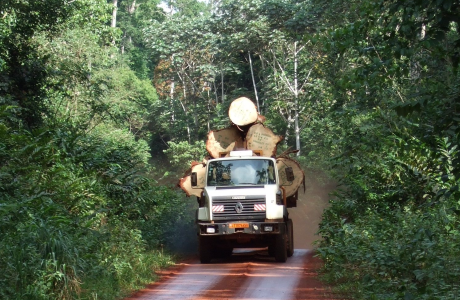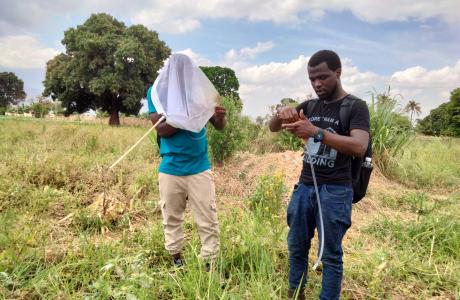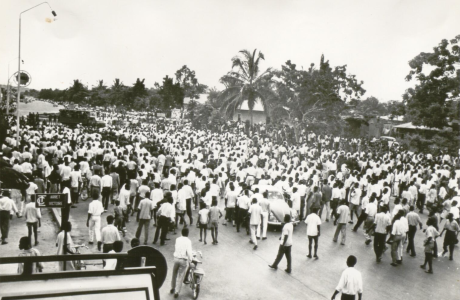Early twentieth-century colonial collecting practices scrutinised
For her doctoral research, anthropologist Hannelore Vandenbergen is investigating the Hutereau collection, from the perspective of the Congolese chief Maroka. This collection was collected by a Belgian expedition leader in Belgian Congo for the Tervuren museum. The aim is to shed new light on early twentieth-century colonial collecting practices.
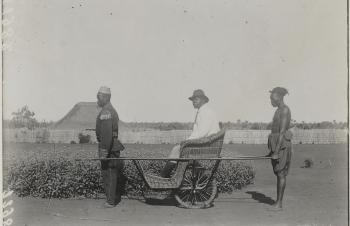
Chief Maroka in a ‘Belgian-style’ sedan chair, as Iteni, a participant in the research, puts it. Photo from the Hutereau collection, AP.0.0.11982
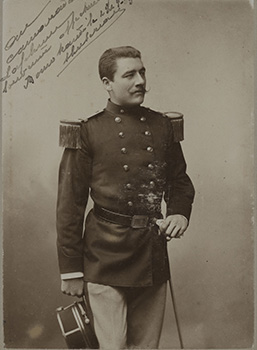
The collecting frenzy of international collectors
Former military man Armand Hutereau was sent to the northeast of the Congo between 1911 and 1913 to 'enrich' the collection of the Musée du Congo belge in Tervuren (now AfricaMuseum) with unique ethnographic objects from the colony. This undertaking competed with other major collecting expeditions by the American Museum of Natural History (1909-1915) and the Ethnologisches Museum of Berlin (1907-1908).
Hutereau returned with no fewer than 8,000 objects, including numerous remarkable musical instruments, pots and statues, as well as many photographs, films and sound recordings. The collection is world-famous for its embodiment of a unique Congolese heritage.
Chief Maroka
However, Hannelore Vandenbergen does not focus her research on the Belgian ‘collector’, but on the Congolese leader Maroka. Chief Maroka lived from 1884 to 1927 in Faradje, a town in the province of Haut-Uélé in what is now the Democratic Republic of Congo (DRC), where members of the Hutereau expedition (and other scientific expeditions) met him and took his picture on several occasions. This study tests Eurocentrism in Western histories by deliberately avoiding focusing on the European expedition leader.
‘I stumbled upon some photographs of Maroka in the archives during my research and I found his name on some reports. Although he was visibly present in the collection, he was completely absent from the colonial historiography of the expedition’, explains Hannelore Vandenbergen. ‘There are several clues in the collection that have never been investigated before, despite their importance for Congolese history and for contemporary tradition.’ Based on a multifaceted focus on the charismatic chief, this research will shed new light on the Hutereau collection and early twentieth-century colonial collecting practices.
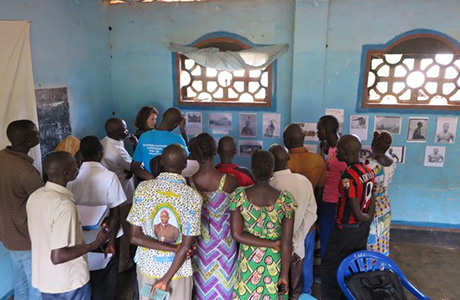
Contemporary accounts
Through meetings and conversations with Maroka's Congolese descendants, Hannelore Vandenbergen also compares the stories of today with tales from the past. Oral memories, photos and objects overlap in this process.
From a post-colonial perspective, she seeks new collaborations for research and exhibitions on collections that were assembled during the colonial past. Vandenbergen explains: ‘After seeing some photos of objects from the Hutereau collection we organized an exhibition in the parish hall in Faradje, as well as a historical workshop for young people. The villagers also expressed the wish to create a cultural centre’.
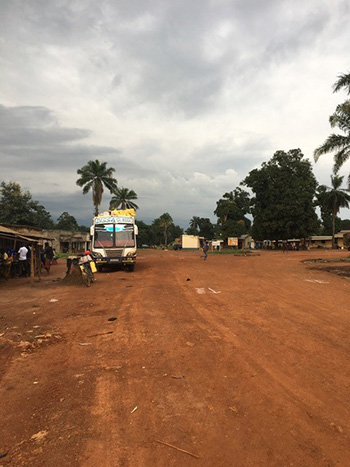
The Hutereau expedition
Finally, this research also uncovers some little-known aspects of the Hutereau expedition of 1911-1913. Correspondence of the expedition members shows, for example, that cooperation between the expedition members had been fraught. According to Vandenbergen ‘Particular attention is also paid to the encounters between the expedition members and the Congolese population during their journey through the northeast of the Congo. The question arises whether Hutereau may be considered as a “friendly leader”, as he was described by a compatriot, or as a sasa-moka, which means “a bit murderous” in Lingala’.
Hannelore Vandenbergen will present her doctoral research as part of the CongoConnect project, in the spring of 2021.
About the CONGOCONNECT project
About the musical instruments and photographs in the Hutereau collection
